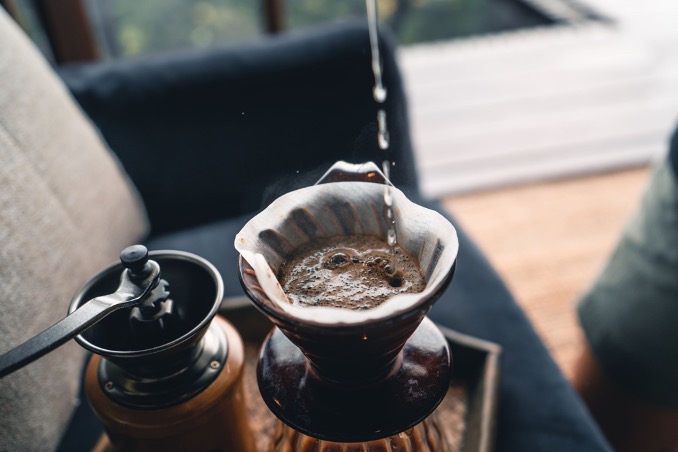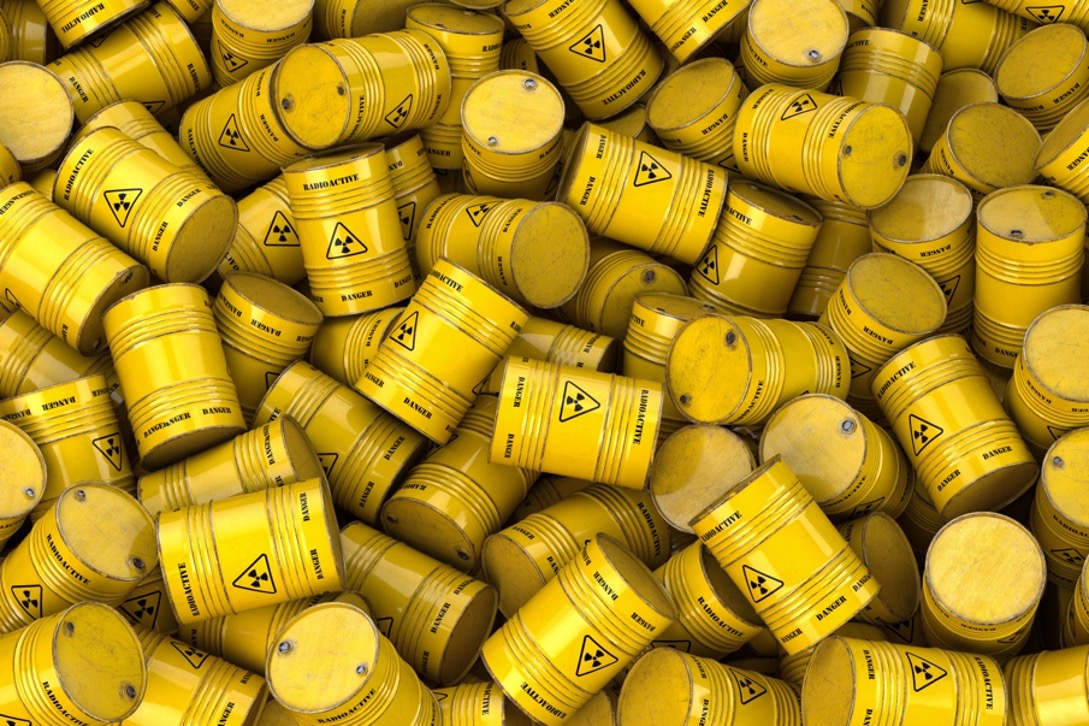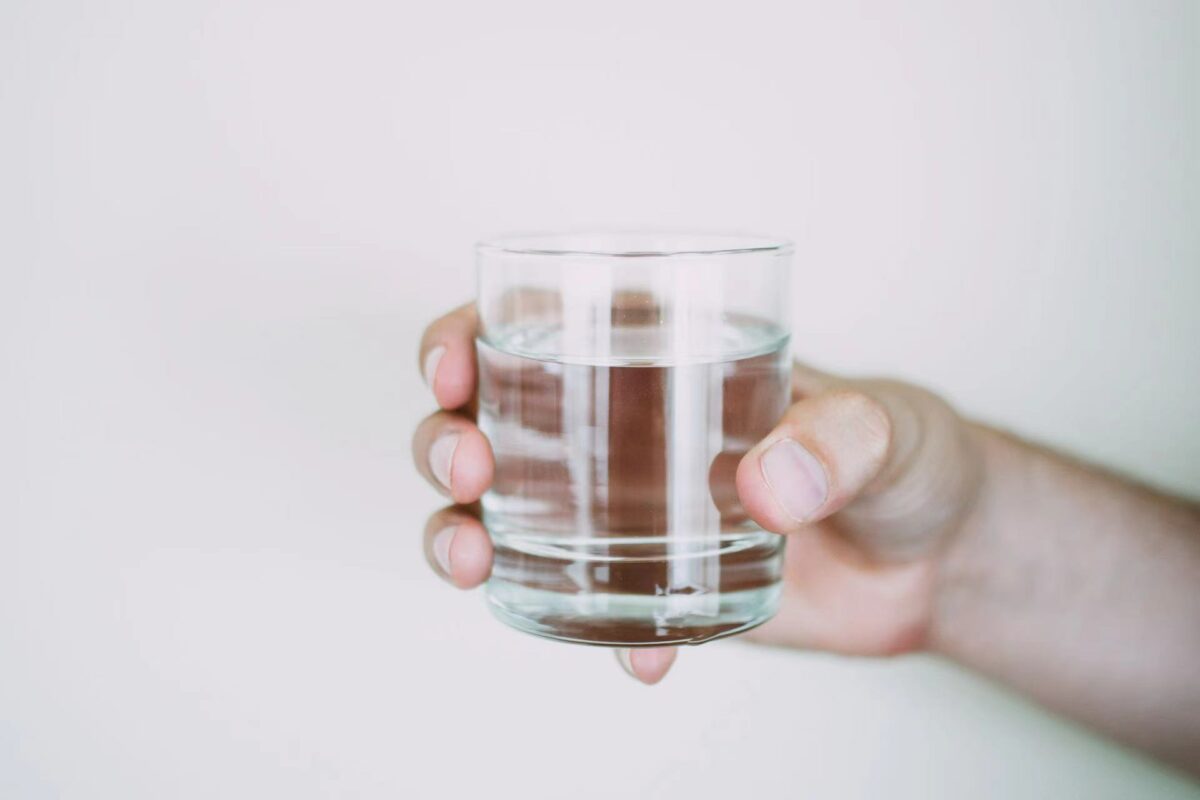“Lidong,” a celebrated solar term in the Chinese calendar, ushers in winter, typically around November 7th or 8th on the Gregorian calendar. This pivotal juncture initiates the onset of colder weather, shorter days, and plummeting temperatures, signaling a dormant phase for crops. In China, Lidong carries significant cultural importance, prompting individuals to harmonize their dietary and lifestyle choices with the shifting climate. It’s a time to prioritize staying warm and adapting one’s diet to safeguard well-being.

As we transition from warmth to cold in the heart of winter, the importance of proper hydration cannot be overstated. Despite diminished awareness of our hydration needs during this season, adopting the correct approach to water intake is paramount to our health. The following comprehensive guide will assist you in navigating this arid season safely.
1.Protect your body against dehydration in wintertime
Winter’s dry climate often leads us to underestimate our body’s water requirements, putting us at risk of dehydration. Even when not feeling thirsty, it’s imperative to regularly replenish our fluids. Employing indoor humidifiers can augment air moisture, reducing the adverse effects of prolonged exposure to dry environments.

2.Embrace warm water over cold one
Choosing warm water over cold in the winter months is a wise decision. It encourages improved blood circulation and minimizes stomach irritation. Opt for warm or lukewarm water to boost metabolism and fortify your defenses against colds and respiratory infections.

3.Steer clear of sugary beverages
In the winter, many gravitate toward sugary beverages like sodas and sweetened coffees to combat the cold. However, these drinks elevate sugar intake, potentially causing energy fluctuations, unstable blood sugar levels, and an increased risk of tooth decay. It’s advisable to opt for low-sugar or sugar-free alternatives, such as warm water or natural beverages.
4.Rehydrate after workout
Even when the cold weather suppresses feelings of thirst, it’s crucial to rehydrate following physical activity. Select warm or lukewarm beverages to aid in restoring body temperature, boosting metabolism, and staving off muscle fatigue and soreness.

In addition to the recommendations, adhering to a clear water intake regimen tailored to your body constitution and activity levels is vital for maintaining good health. Proper hydration practices alleviate discomfort in the dry winter season and contribute to sustaining normal metabolism and immune function. Let’s collectively embrace these hydration practices to safeguard our health and vitality during this chilly season.





















































